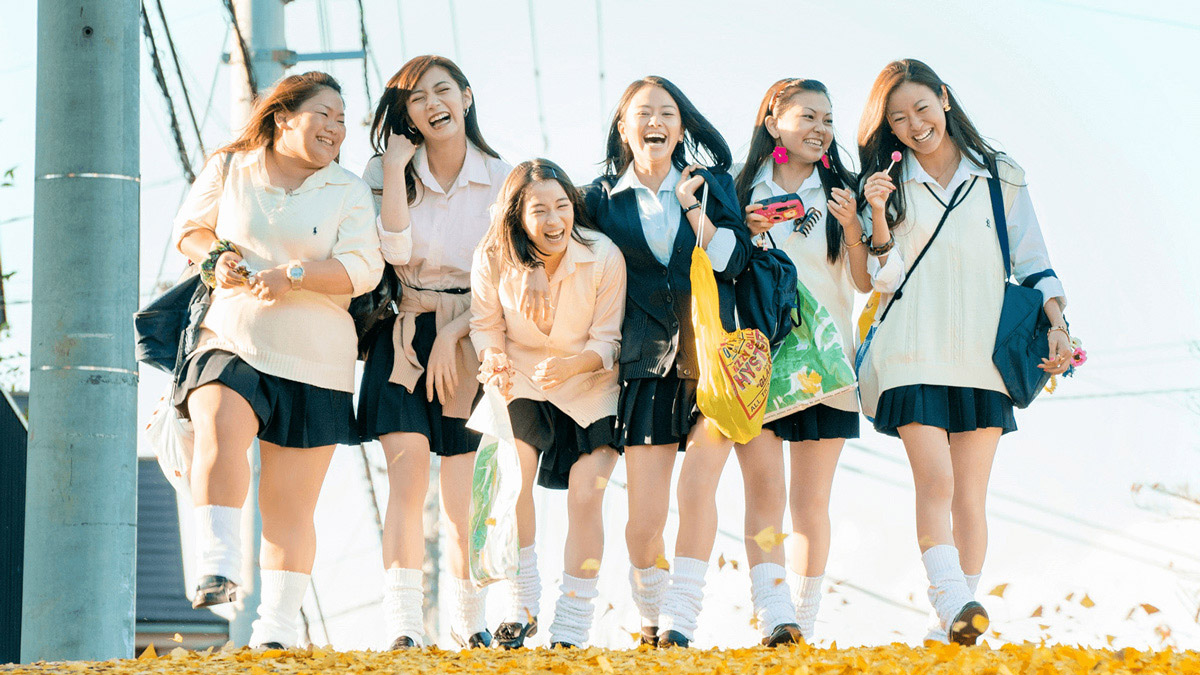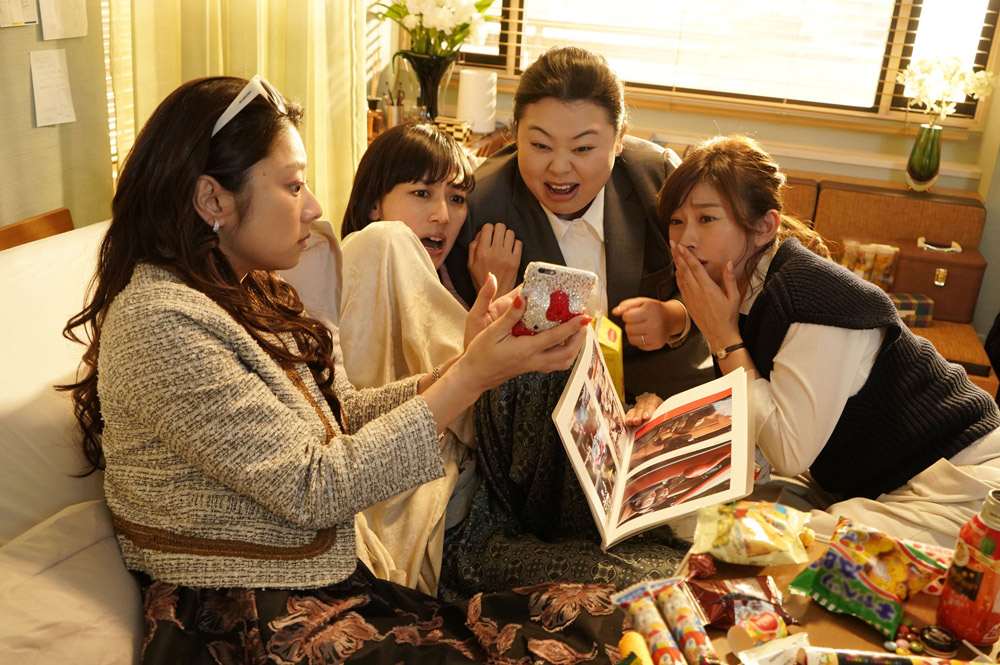
(C)2018 “SUNNY” Production Committee
"Sunny: Our Hearts Beat Together" Original Thorough Comparison/Time Background Edition - Reasons for depicting "teens in the mid-1990s"
“Sunny: Our Hearts Beat Together” Synopsis
In the 1990s, when high school girls all over Japan wore loose socks and there was an unprecedented girl boom, the six members of "Sunny", a close group of high school girls who enjoyed their youth in such an era, are dealing with their own problems after 22 years. He had become an adult with a problem. One day, Nami, a full-time housewife, reunites with her former best friend Serika for the first time in a while, but she turns out to be suffering from terminal cancer. ``I want to see everyone just one more time before I die.'' Nami takes action to make Serika's wish come true. Yuko, Kokoro, Ume, and Nana... will their former friends be able to safely reunite in front of Serika? The story intersects two eras: the high school days full of dreams and excitement, and the present era, which has lost its former luster.At the end, "strong feelings" and "strong love" create an unexpected impression. Wake up! !
Index
- Social background of the Korean movie “Sunny”
- Americanization of Korean society
- The epoch of the young gal era depicted in “Sunny: Our Hearts Beat Together”
- Reason for drawing “Teens in the mid-1990s”
Social background of the Korean movie “Sunny”
So much fun! ``Sunny: Our Hearts Beat Together'' is a masterpiece of ``Genki Charge'', a new work from the golden collaboration of Director Hitoshi Ohne and Producer Genki Kawamura. " Moteki " (2011) " Bakuman." (2015), this is probably their third work with the widest range of styles. As we all know, this is a remake of the 2011 Korean movie ` `Sunny '' (directed by Kang Hyung-chil), which is known as a masterpiece. However, it is not the superficial Japanese version at all. This is an extremely excellent cover version, with the structure itself converted with high precision to suit Japanese society, culture, and history.
So what was the biggest conversion point from the original Korean version to Toho's Japanese film? That is the background of the times. The main plot of the story is the same - the heroine, a housewife who is feeling bored, reunites with an old friend and reminisces about her bright days as a high school girl - but in the Korean version, the flashbacks, which make up about half of the story, take place in the mid-1980s. becomes.

“Sunny: Our Hearts Beat Together” (C)2018 “SUNNY” Production Committee
What I would like to keep in mind as a social background is the trend of the democratization movement after the Gwangju Incident, which occurred mainly during the term of office of President Jeong Doo-hwan. Jeong Doo-hwan, who originally came from a military background and served in the Vietnam War, launches a military coup in order to seize control of the government. The Gwangju incident occurred in May 1980, when students and citizens stood up to protest against this, leading to large-scale demonstrations. However, the Korean government thoroughly suppressed this popular uprising by force. The brutal and gruesome suppression operations carried out by the government and military at the time are also depicted in films such as ` `Taxi Driver: Promise Across the Sea '' (2017/Director: Jang Hoon), which was released in Japan this year. Ta. After this historic riot, Jeong Doo-hwan became president in August of the same year.
Of course, anti-military government and democracy-demanding demonstrations have continued steadily ever since. In South Korea, the 1980s was a ``political season'' that corresponded to, for example, the 1960s and early 1970s, when student movements became more radical and flourished in Japan. In South Korea, there is a term called ``386 generation,'' which refers to the generation that participated in demonstrations during the democracy movement in the 1980s. 30s (meaning people born in the 1960s who were politically conscious college students in the 1980s).
In this way, the anti-government movement reached its peak in 1987, and on June 29, 1987, Presidential candidate Roh Tae-woo was elected, with an eye toward avoiding chaos when the Seoul Olympics were to be held the following year (1988). The "Democratization Declaration" is announced.

